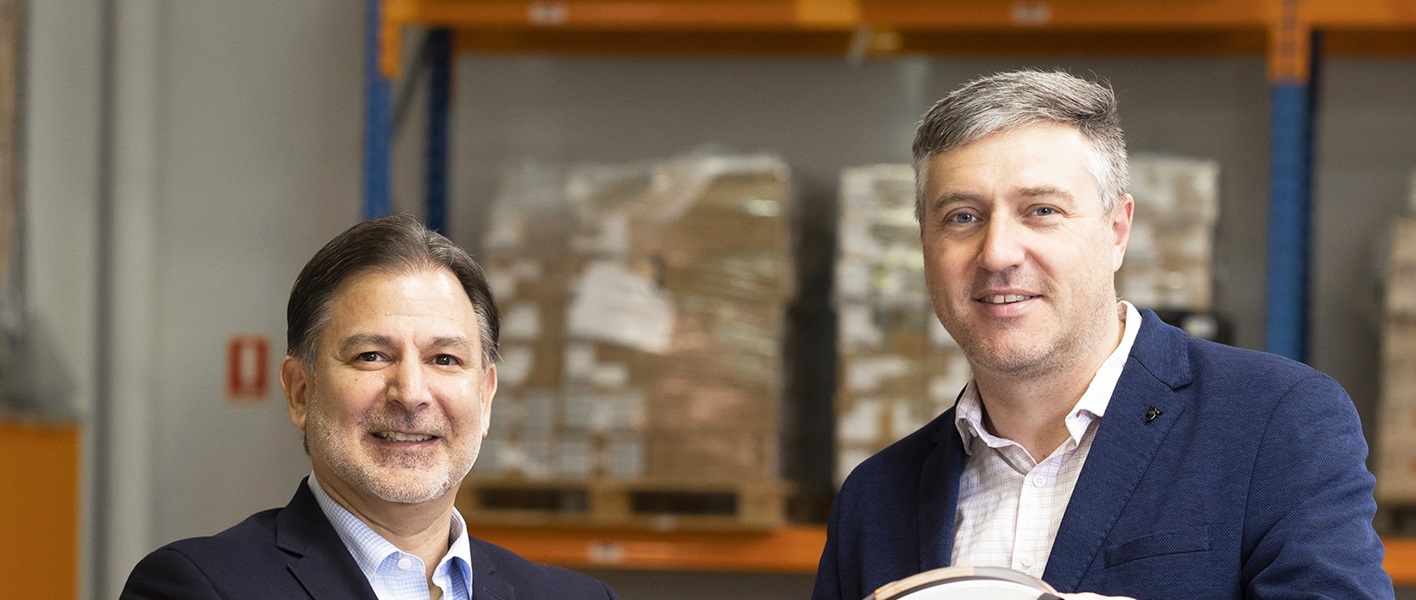Cloud cover
The era of seismic survey data being stored on magnetic tapes has ended at Woodside with the last of more than 100,000 magnetic tapes digitised and safely dispatched to the cloud.
The tapes have been removed from a warehouse, inspected and indexed, before being transcribed and their information moved to cloud storage. Where tapes were not readable, a full dataset has been re-created from backup copies.

New data acquired by the company is going straight to the cloud.
“We had more than 50 years of geophysical and support data – of variable quality – piling up in a warehouse,” executive vice president Sustainability Shaun Gregory points out.
“One of the issues that creates is that some physical data such as magnetic tapes has a finite lifespan, no matter how well you look after it.
“Another is that it’s not possible to get a single view of data inventory.”
In 2015, Shaun presented Woodside’s Cloud First strategy to accelerate work flows and store the company’s exponentially growing data sets.
To deliver his vision for the primary subsurface data type, subsurface data and information management (SDIM) kicked off the Seismic NextGEN project.
On 25 November 2016, the very first tape was delivered to Katalyst Data Management (KDM) for storing and indexing in the cloud.
And on 25 November 2019, our very last tape was handed to KDM.
In between, more than 100,000 others had been processed.
“They contained a lot of information, comprising not only seismic survey data but also associated support data such as reports, navigation data and operations files,” points out Jess Kozman, SDIM’s data and solutions manager.
How much information?
“More than 15 petabytes,” he replies.
That’s more than 15 million million bytes of data.
That’s an equivalent amount of data as is contained in non-stop streaming video of hi-definition movies for about 200 years.
“We see the opportunity to use this data much more freely, efficiently, quickly and cheaply in the cloud,” says Jess.
For example, as operator Woodside manages the data on behalf of the various joint venture participants of the North West Shelf joint venture, and cloud storage makes it much easier to share.
“Sharing physical data could also take a long time whereas cloud storage means we can make high-speed copies more cheaply and it can take only days, not weeks,” he adds.
“Even more importantly, we eliminate the risk of losing information on magnetic tapes.”
And storing in the cloud is safe?
Absolutely.
“Woodside undertook a full evaluation in 2015 of public enterprise cloud, and that evaluation concluded it was a safe, reliable and secure location to store confidential data,” Jess affirms.
Shaun says he is pleased the transition to the cloud has been successfully concluded.
“Woodside’s unique 50-year legacy of exploration on the North West Shelf means that we now have in cloud storage a digital version of the largest contiguous 3D open file seismic coverage on the planet,” he says.
Steve Darnell, president and chief executive officer of KDM, says: “Attempting something that has never been done before on this scale takes vision and courage and the Woodside team displayed both.”
Read the full Q4 2019 issue of Trunkline here.



.tmb-r-story.jpg?sfvrsn=6d14cad6_1)